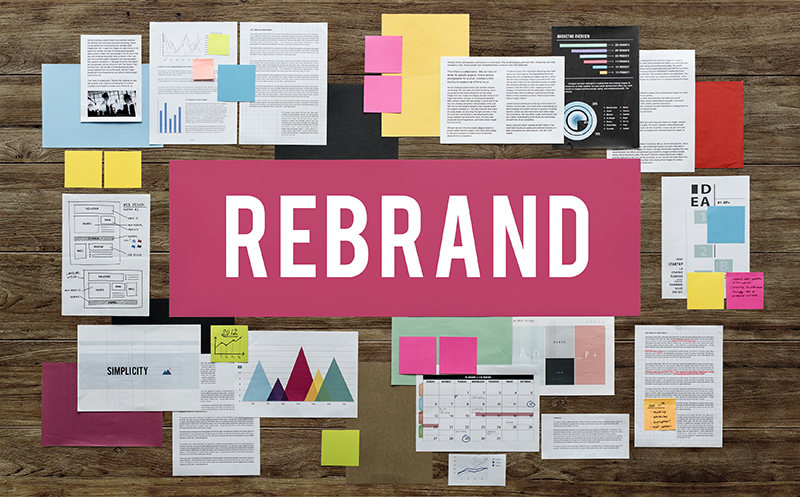If you come across groups of graphic designers, there is a never-ending discussion about designers using Canva not being real graphic designers. Do you find this true or not? Whether you’re a small business owner, content creator, or seasoned designer, staying current with new tools can greatly impact your business’s productivity and output.

One tool that has become a trend in the design industry is Canva. With its drag-and-drop interface, thousands of customizable templates, and easy-to-access features, Canva has become a go-to platform for quick, on-brand visuals. But here’s the big question: Does using Canva diminish the value of traditional graphic designers who spent years mastering design software like Adobe Photoshop and Illustrator?
Not at all.
In fact, embracing modern design tools like Canva can be a powerful move not just for non-designers but also for professional graphic designers seeking to smooth their workflow, scale their services, and stay competitive. Nowadays, businesses prefer access to Canva to easily make minor revisions for social media graphics instead of recreating in Adobe Suite.
Canva is not a replacement for a trained designer. It’s a design tool just like Photoshop, Illustrator, or Figma. What separates a great designer from a beginner isn’t just the software, but their design thinking, eye for detail, understanding of visual hierarchy, and creative strategy.
Professional graphic designers bring years of experience and a deep understanding of branding. Whether they use Adobe Creative Suite or Canva, their skill set translates into intentional, on-brand, and effective visual communication.
Businesses should understand that it’s not the tool that matters, but rather the skills behind it. And when properly implemented, Canva can become a time-saving tool, not a creativity killer.
The rise of AI in design and marketing mirrors the conversation around Canva. At first, AI tools were met with hesitation. But today, many creatives use AI to generate content ideas, automate tasks, and support brainstorming. It is worth emphasising that AI-generated images or designs shouldn’t replace true artists and designers, nor steal others’ original artworks. Instead, we should use these tools to enhance our creativity and find inspiration to create something new.
Designers who use Canva aren’t “less professional.” They’re just more strategic. They focus on what matters most: the results, not the process.
If you’re hiring a graphic designer or working with a creative agency, don’t get too caught up in whether they use Canva, Photoshop, or Illustrator. Instead, evaluate the following:
- Portfolio quality
- Brand alignment
- Communication and Collaboration
- Turnaround time
- Understanding of marketing goals
The best designers know how to make any tool work for your business. They prioritise your brand voice, target audience, and business objectives, whether they’re working from scratch or adapting a high-quality template. The key is finding designers who understand your vision and have the creative expertise to bring it to life, regardless of the platform.
If you’re a designer, embrace what helps you grow, serve more clients, and protect your creative energy. If you’re a business owner, look beyond the platform and trust the designer’s vision and experience. Technology will continue to grow and evolve. And those who adapt are the ones who thrive.
Also read: Essential Tips for Social Media Graphics
Image source: Unsplash.com



